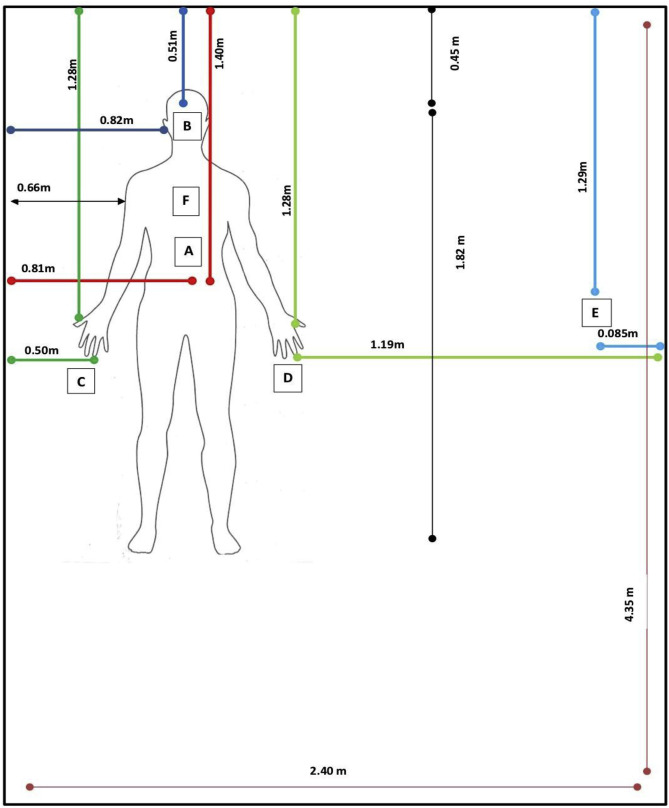
It’s become common sense that something dead cannot speak or think. However, what if they can physically move? Although it sounds like something out of a horror-movie, new research shows that this phenomena has been found to be of certain truth.
Australian researchers at the Australian Facility for Taphonomic Experimental Research have based their research on the post-mortem movement of the human body using a camera to create a time-lapse of the movement by periodically taking images of the corpse every 30 minutes for duration of 17 months. For the entire duration of the filming process, they revealed that the corpses had continuously moved.
“What we found was that the arms were significantly moving, so that arms that started off down beside the body ended up out to the side of the body” states medical scientist and head director of this research, Alyson Wilson, to the Australian Broadcasting Corporation.
The cause for such movement was articulated by the research team to be a “process of decomposition”, based on a previous published study that outlined that the human body “[tends] to mummify rather than decompose in the Sydney environment”. Thus, the research team specifically reasoned that the movement of arms could be a result of “shrinking and contracting” of body tissues when the “body’s [muscles dry] out”.
To arrive to this conclusion, Wilson and her team were the first to use a time-lapse camera to record the position of the body on a daily basis. They had put the body into a cage with entrances on each of the sides to prevent researchers from disturbing the body. Each of the according alphabets are all cameras that have been placed for the experiment to take pictures of the corresponding body parts. A gives a full top view of the body, B gives a view of the face, C and D allows the observation of the hands, and E provides a full profile view of the body (Figure 1). In (Fig. 1), the colored lines represent the corresponding location of where the camera has been situated. The converging points of two of the same colored lines indicate the position of the camera to give the readers a better understanding of the scope of the experiment, and allow it to be reproducible for any other scientists.

Figure 1. Diagram that shows the location of the camera placements (A,B,C,D,E) for the experiment. (F) is the subject of experiment. Colored lines correspond to the camera placements to indicate the precise dimensions of where the cameras were placed (A; Red | B; Dark blue | C; Dark green | D; Light green | E; Light blue)
The images captured by the cameras were compared against their devised system of allocating points for the level of decomposition that the body has achieved. This point system derives from the categories and stages of decomposition (from Megyesi et al. 2005), where points are tallied for each decaying symptom the body shows. The points would then be totaled to indicate the stage of decomposition the body is at. Thus, the degree of movement can be recorded with its stage of decomposition.
For further comprehension, below is a video that describes the stage of decomposition, but take note that the video itself is unrelated with the conducted research; this is due to the fact that the researchers did not permit their videos regarding the research released to the public. However, this knowledge should give you a better understanding of how the body decays, allowing you to correlate it with the movement of body stated within the literature, considering that this is a complicated and informative topic.
- Figure 2. Video describes the stages of decomposition of the human body. Video is not associated with the actual research, but here as a guide to help you understand the different stages of decomposition for your further understanding to relate it to the degree of movement mentioned within the research article
In this video (Figure 3), which again, is unrelated to the actual research (due to the same reason above), shows how the study of decaying human body helps the forensics team assess a collection of data made by real-life samples in different decaying conditions. This would help the forensics team that find bodies in different environments to compare it with different decaying states that have already been recorded by a research team, because bodies decay differently depending on the local environment. As a result, the forensics team would be able to compose a more precise and accurate diagnosis of how someone had died, aiding any investigations associated with it.
- Figure 3. Video describing how the study of decaying human bodies help forensics teams. This video is here to help you in how this research (dead bodies can move) has an effect in contemporary society.
Thus, this major discovery brings new light into our society of how forensics teams could interpret their data or the recreating the crime scene itself. As Alyson states, “this knowledge could be significant in unexplained death investigations”. Until now, forensic scientists have assumed the position of the discovered body to have remained in the same bodily position since the time of death, unless some other force has moved it. Now that knowledge of post-mortem movements have become clear, forensic scientists can now devise a new method in diagnosing the specificity of the cause of death.
Written by Isaiah Youm | September 23. 2019
- Edited October 14. 2019
